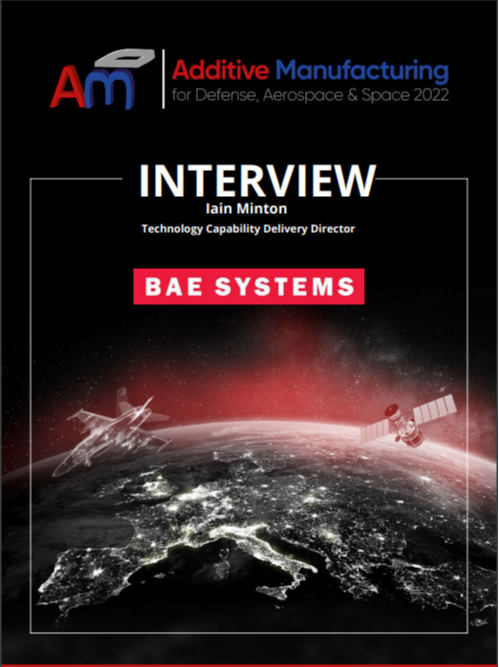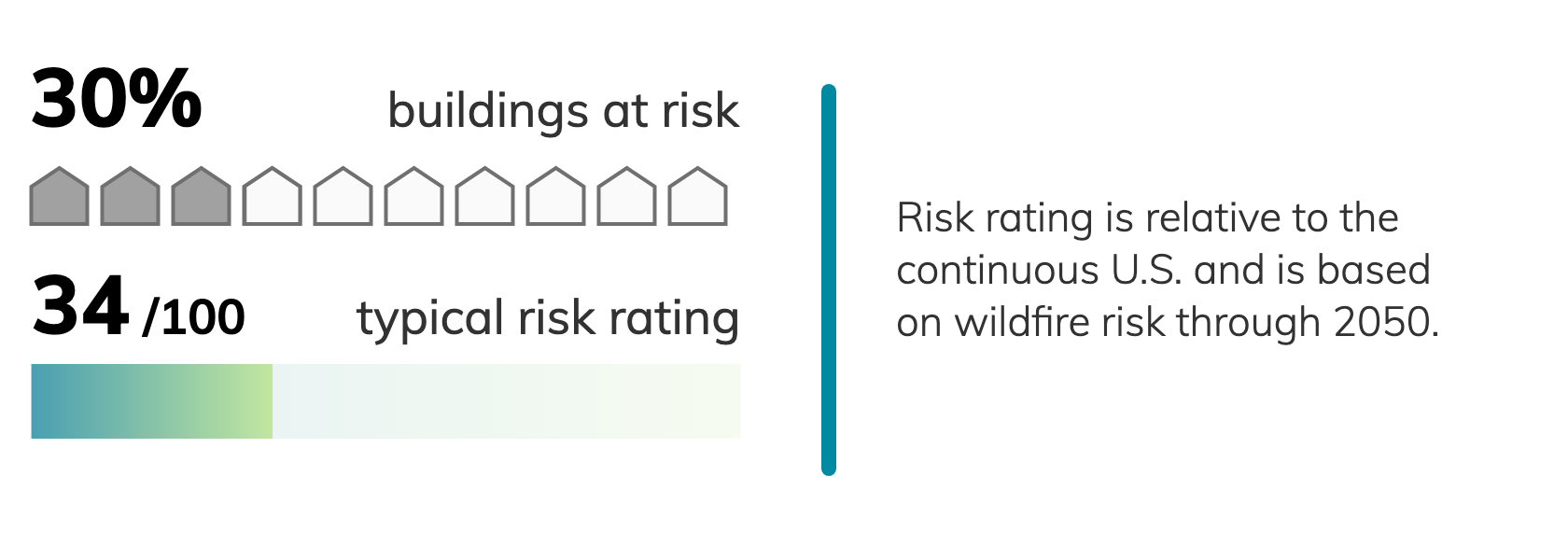U.S.-China Relations: A Breakdown And The Looming Cold War

Table of Contents
Historical Context: From Ping Pong Diplomacy to Trade Wars
Understanding the current state of U.S.-China relations requires examining its historical evolution. The relationship has undergone dramatic shifts, from initial cautious engagement to periods of intense cooperation and, more recently, escalating rivalry. Sino-American relations have been a rollercoaster ride.
-
Nixon's visit to China (1972) and the opening of diplomatic relations: This marked a significant turning point, ending decades of estrangement and laying the groundwork for future engagement. Ping Pong Diplomacy, the informal exchanges preceding this formal opening, symbolized a thawing of relations.
-
The period of economic cooperation and integration: Following the establishment of diplomatic ties, the two nations experienced a period of growing economic interdependence. China's entry into the World Trade Organization (WTO) in 2001 further accelerated this integration.
-
Growing trade imbalances and intellectual property disputes: However, this economic partnership wasn't without its frictions. Significant trade imbalances emerged, alongside accusations of intellectual property theft and unfair trade practices by China.
-
The rise of China as a global power and its increasing assertiveness: China's economic ascent transformed it into a global power, leading to increased assertiveness in its foreign policy, particularly in the South China Sea and regarding Taiwan's status.
-
Key events that escalated tensions: Several events significantly escalated tensions, including the ongoing trade war initiated by the Trump administration, disputes over the South China Sea, and increasing military activity around Taiwan. These actions have fueled concerns about a potential new Cold War.
Economic Interdependence and Decoupling
The economic relationship between the U.S. and China is extraordinarily complex, characterized by both deep interdependence and a growing push for decoupling. China remains a major trading partner for the U.S., and vice versa. This interdependence, however, creates vulnerabilities.
-
China's role as a major trading partner: China is a crucial market for numerous American companies, while the U.S. remains a vital source of technology and investment for China.
-
Supply chain integration and its vulnerabilities: Global supply chains are heavily integrated with China, making many businesses reliant on Chinese manufacturing. However, this integration has also exposed vulnerabilities to geopolitical risks and disruptions.
-
The US's efforts to diversify supply chains away from China: The U.S. is actively pursuing strategies like reshoring (bringing manufacturing back to the U.S.) and friend-shoring (relocating production to allied countries) to reduce its dependence on China.
-
The impact of decoupling on global markets and economic stability: The push for decoupling carries significant risks, potentially disrupting global markets and negatively impacting economic stability.
-
Tariffs and trade restrictions as tools of geopolitical leverage: Trade tariffs and other restrictions have become tools in the geopolitical rivalry between the U.S. and China, further complicating their economic relationship. This economic warfare adds another layer of complexity to the overall U.S.-China dynamic.
Geopolitical Competition and Military Posturing
Beyond economic issues, U.S.-China relations are defined by intense geopolitical competition. This rivalry extends to military build-up, technological competition, and the formation of strategic alliances.
-
China's military modernization and its implications for regional security: China's rapid military modernization, including its naval expansion and development of advanced weaponry, poses significant challenges to regional security and is a key concern for the United States and its allies.
-
The US's pivot to the Indo-Pacific and its alliances with regional partners: The U.S. has increasingly focused on the Indo-Pacific region, strengthening alliances with countries like Japan, South Korea, Australia, and India to counter China's growing influence.
-
Competition in technological domains: The rivalry extends to critical technological areas, including artificial intelligence (AI), 5G networks, and semiconductors, with both countries vying for dominance.
-
The role of cyber warfare and information operations: Cyber warfare and information operations are increasingly used as tools of competition and influence, adding another layer of complexity to the strategic rivalry.
-
The potential for miscalculation and accidental escalation: The intense competition increases the risk of miscalculation and accidental escalation, underscoring the need for careful diplomacy and risk management.
The Taiwan Issue: A Potential Flashpoint
The status of Taiwan represents one of the most significant potential flashpoints in U.S.-China relations. The issue is highly sensitive and carries immense geopolitical implications.
-
China's claim over Taiwan and its "One China" policy: China considers Taiwan a breakaway province and has vowed to reunify it with the mainland, by force if necessary.
-
The US's commitment to Taiwan's defense (Taiwan Relations Act): The U.S. maintains a policy of "strategic ambiguity" regarding its commitment to defend Taiwan, but the Taiwan Relations Act provides a framework for supporting Taiwan's self-defense.
-
Increased military activity around Taiwan: China has increased its military activities around Taiwan, including naval exercises and air incursions, heightening tensions.
-
The potential for a conflict over Taiwan and its global implications: A conflict over Taiwan would have profound global consequences, potentially triggering a wider regional and even global conflict.
Conclusion
The relationship between the U.S. and China is fraught with complexities, balancing economic interdependence with growing geopolitical competition. While a full-blown Cold War might not be inevitable, the trajectory suggests a period of intense rivalry and potential conflict. Understanding the historical context, economic interdependencies, and the geopolitical factors at play is crucial to navigating this challenging relationship. Staying informed about the evolving dynamics of U.S.-China relations and engaging in thoughtful discussions are vital steps in mitigating risks and promoting stability. Further research into specific aspects of Sino-American relations and potential conflict scenarios is highly encouraged to better comprehend the implications of this crucial bilateral partnership.

Featured Posts
-
 Hollywood Shut Down Actors And Writers On Strike
Apr 22, 2025
Hollywood Shut Down Actors And Writers On Strike
Apr 22, 2025 -
 Bmw And Porsches China Challenges A Wider Industry Issue
Apr 22, 2025
Bmw And Porsches China Challenges A Wider Industry Issue
Apr 22, 2025 -
 Trump Administration To Slash Another 1 Billion In Harvard Funding
Apr 22, 2025
Trump Administration To Slash Another 1 Billion In Harvard Funding
Apr 22, 2025 -
 The Undervalued Asset How Middle Managers Benefit Companies And Employees
Apr 22, 2025
The Undervalued Asset How Middle Managers Benefit Companies And Employees
Apr 22, 2025 -
 Is Betting On Natural Disasters Like The Los Angeles Wildfires The New Normal
Apr 22, 2025
Is Betting On Natural Disasters Like The Los Angeles Wildfires The New Normal
Apr 22, 2025
